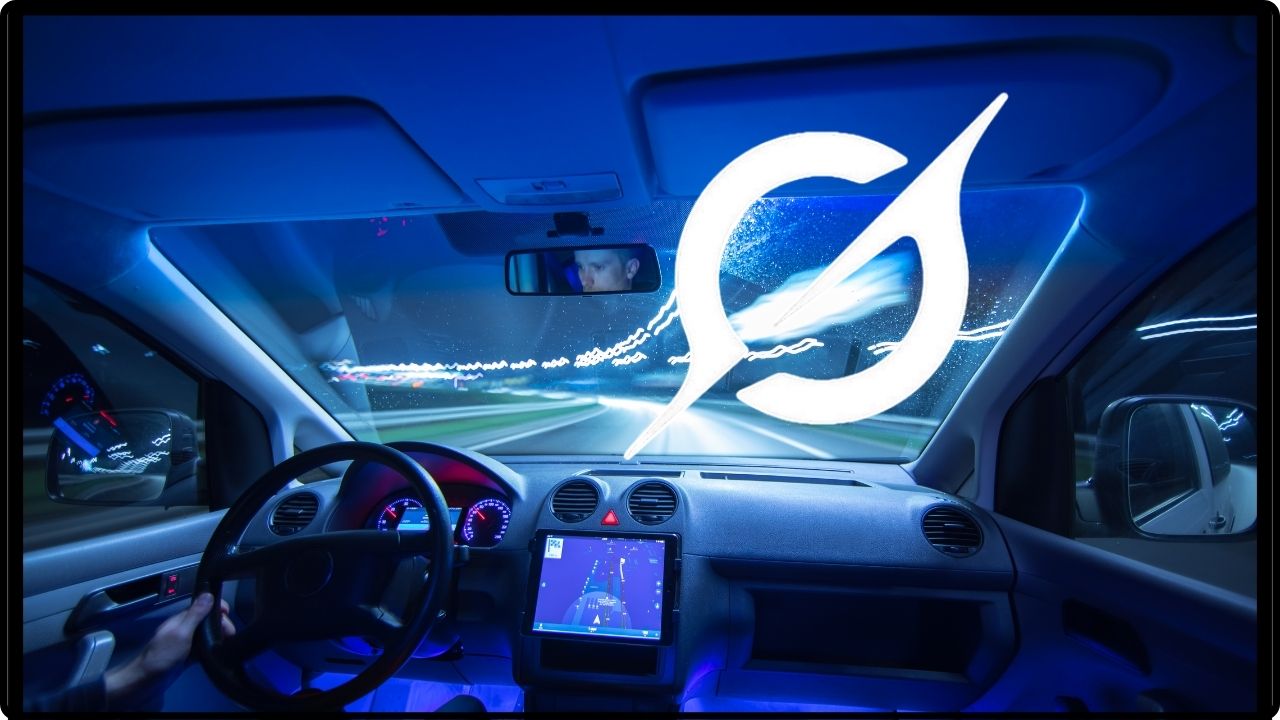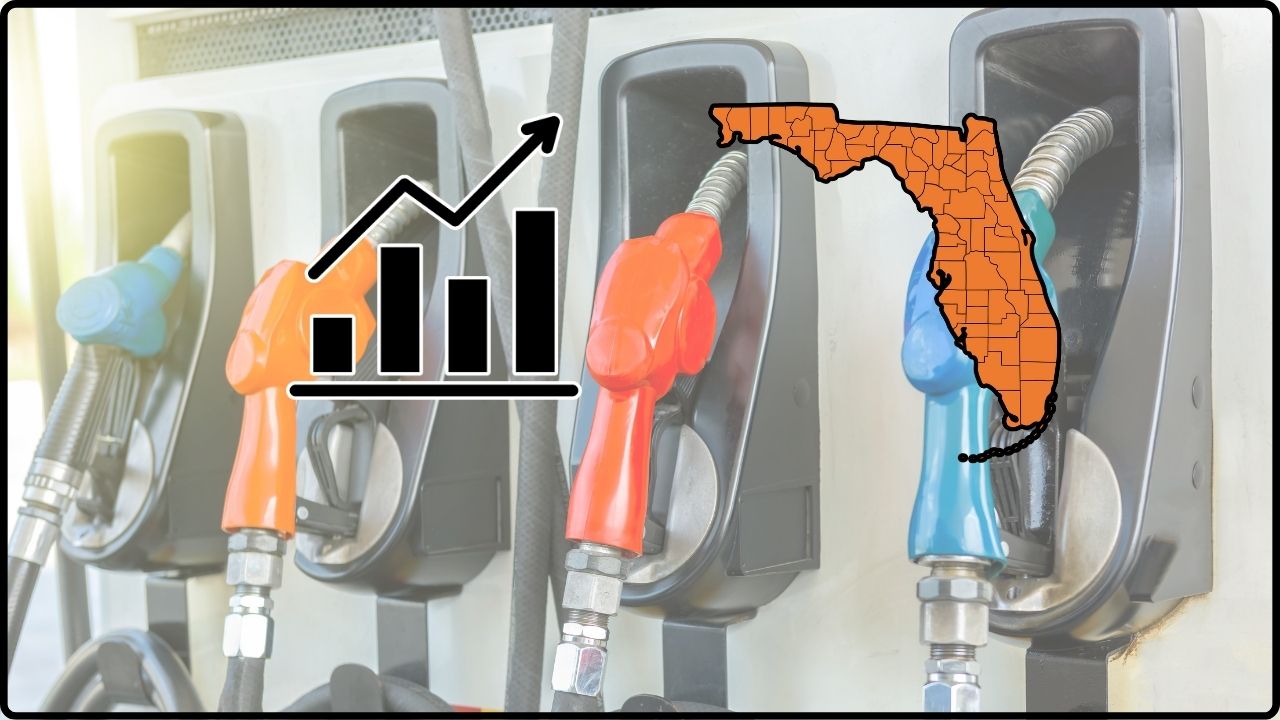Upcoming Metro in Devanahalli Will Revolutionize Connectivity: The upcoming metro in Devanahalli is more than just another infrastructure project. It’s a signal that North Bengaluru is stepping into the future — and fast. Part of the ambitious Namma Metro Phase 2B, this new line will stretch 37 kilometers from KR Puram to the Kempegowda International Airport, finally putting Devanahalli on Bengaluru’s rapid transit map.
This expansion is expected to drastically cut travel time, unlock real estate potential, and boost local economies. And for thousands of daily commuters, it’s nothing short of a game-changer. If you live in or around North Bengaluru, or you’re just keeping an eye on where smart money is heading, here’s everything you need to know.
Upcoming Metro in Devanahalli Will Revolutionize Connectivity
The Devanahalli Metro isn’t just another public transport line — it’s the backbone of North Bengaluru’s transformation. It promises smoother commutes, green travel, job access, and higher quality of life. From a sleepy suburb to a thriving metro hub, Devanahalli is finally getting the infrastructure it deserves. And with it, a future that’s better for commuters, investors, families, and the environment alike. This project is about more than movement. It’s about progress — and it’s coming fast.
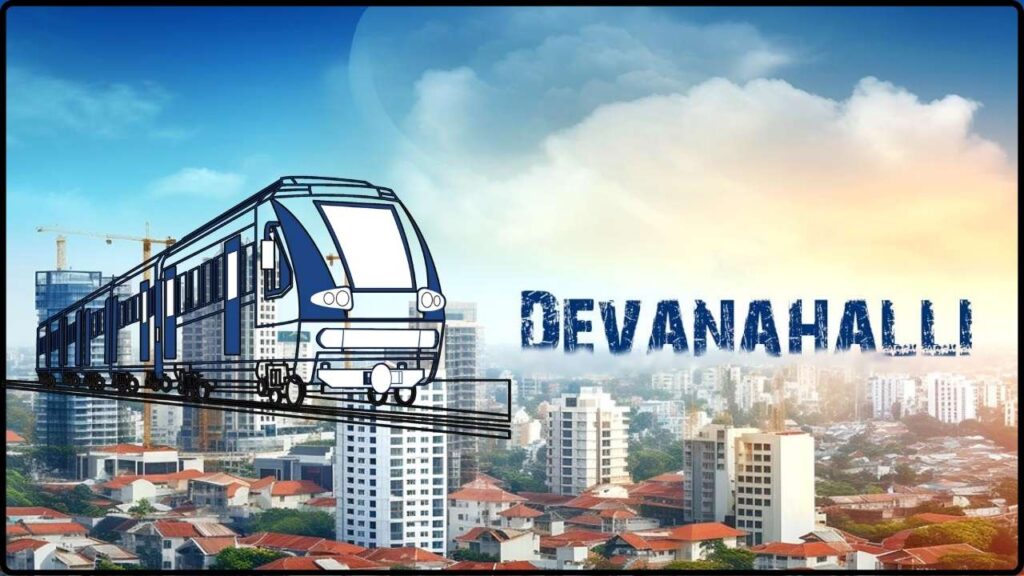
| Feature | Details |
|---|---|
| Project Name | Namma Metro Phase 2B (Blue Line Extension) |
| Route Length | 37 km from KR Puram to Kempegowda Airport and Devanahalli |
| Number of Stations | 17 |
| Estimated Completion | 2026–2027 |
| Funding Agencies | Asian Development Bank (ADB), Japan International Cooperation Agency (JICA) |
| Key Benefits | Direct airport-city link, economic growth, improved public transit |
| Official Metro Info | BMRCL Official Website |
Devanahalli: From Airport Town to Urban Powerhouse
Just a decade ago, Devanahalli was a sleepy suburb known primarily for being near the airport. Now? It’s becoming one of Bengaluru’s most promising growth corridors.
Home to the Kempegowda International Airport, Devanahalli is also the designated site for the Information Technology Investment Region (ITIR) — a 12,000-acre tech and electronics manufacturing hub. The Karnataka government has been pouring investment into this region, encouraging industrial parks, logistics centers, aerospace firms, and educational institutions to set up shop.
The metro is not coming here by coincidence — it’s coming here because Devanahalli is growing into a city of its own.
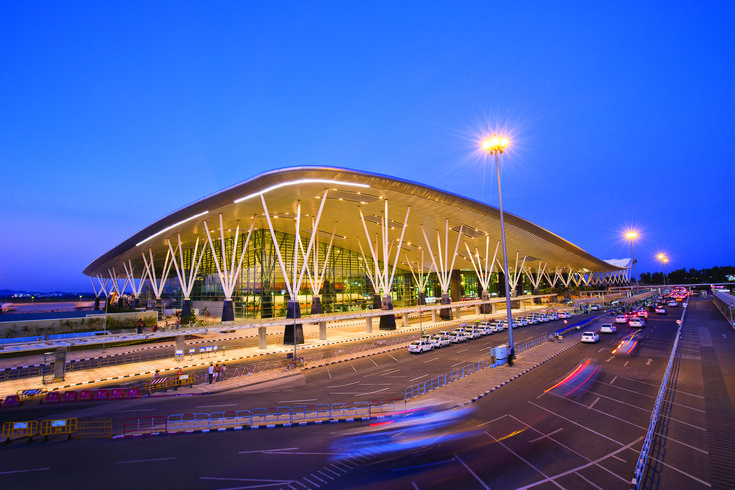
Metro Route and Connectivity Plan
The Devanahalli Metro forms part of the Blue Line, an east-west corridor designed to improve access across Bengaluru.
Key Stations Include:
- KR Puram (interchange with Purple Line)
- Nagawara (future Pink Line junction)
- Hebbal
- Jakkur
- Yelahanka
- Bettahalasuru
- Airport Terminal
- Devanahalli Town
With 17 stations, this route will not only connect business districts to the airport but also serve fast-developing neighborhoods like Bagalur, KIADB Aerospace SEZ, and Doddajala.
It’s designed to operate at high frequency, with trains running every 4–6 minutes during peak hours, ensuring reliable transit — a first for many areas in the northern belt.
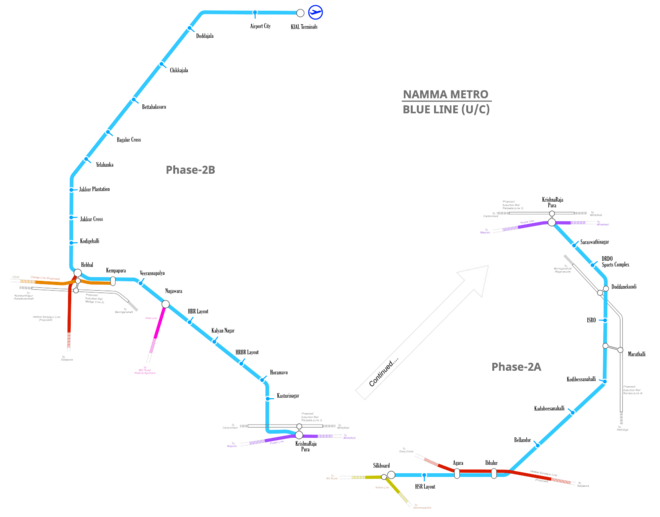
A Real Estate Revival in the Making
One of the clearest effects of metro connectivity is its impact on real estate — and Devanahalli is already feeling the shift.
According to a Knight Frank India market report:
- Property rates in metro-influenced corridors in Bengaluru tend to rise 20–30% once construction starts.
- Rental yields in areas within 1 km of metro stations average 6–7%, compared to 3–4% citywide.
In Devanahalli:
- 2018 prices averaged ₹4,000–₹5,500/sq.ft.
- 2024 prices hover around ₹7,500–₹9,000/sq.ft.
- Post-metro forecast is ₹11,000+/sq.ft. for key zones like Devanahalli, Yelahanka, and Doddaballapur Road.
Major builders including Brigade, Prestige, Godrej, and Embassy have launched integrated township projects with a focus on walk-to-metro access.
A New Job Magnet in the North
With improved access, Devanahalli is drawing a new kind of attention — employers are coming.
Several economic zones within a 10 km radius of the upcoming metro stations include:
- Aerospace Park (home to Boeing and Airbus facilities)
- KIADB Industrial Area
- Hardware Tech Park
- Logistics and Warehousing Hub
- North Bangalore University Campus
The Namma Metro link is expected to serve over 300,000 workers daily once fully operational. That means fewer cars on the road, faster commutes, and higher productivity for companies and workers alike.
How Upcoming Metro in Devanahalli Will Revolutionize Connectivity Helps the Average Commuter?
Let’s break it down. Here’s how a daily commuter from North Bengaluru benefits:
- Time Saved: Airport travel drops from 90 minutes (road) to under 40 minutes (metro).
- Lower Costs: Say goodbye to tolls and ₹1,000 airport taxi fares. Metro pricing is capped affordably.
- Reliable Schedules: No more rain delays, traffic snarls, or broken-down BMTC buses.
- Seamless Integration: Connections to Purple, Pink, and future Orange lines improve reach across the city.
Whether you’re a student, IT employee, cab driver, or retired professional — the Devanahalli metro changes how you live and move.
Transit-Oriented Development: Smarter Living
The BMRCL and Karnataka Urban Infrastructure Development Board are actively promoting Transit-Oriented Development (TOD). That means:
- Mixed-use townships built within walking distance of metro stations.
- Affordable housing integrated with retail, parks, and schools.
- Fewer car-dependent developments, making neighborhoods walkable, safe, and green.
Think of it as India’s version of what cities like Portland or Denver did to reduce car reliance.
Construction Timeline and Phases
The Blue Line (Phase 2B) is currently under active construction, with most groundwork and pier erections visible across KR Puram, Nagawara, and Hebbal.
Phase Breakdown:
- Phase 1 (2022–2023): Land acquisition, detailed design
- Phase 2 (2023–2025): Station construction, pier and viaduct work
- Phase 3 (2025–2026): Track laying, signaling, and safety testing
- Phase 4 (2026–27): Trial runs, integration, commissioning
Delays are possible due to land disputes and weather, but BMRCL has accelerated work in anticipation of state and central funding disbursements.
Environmental Impact and Sustainability
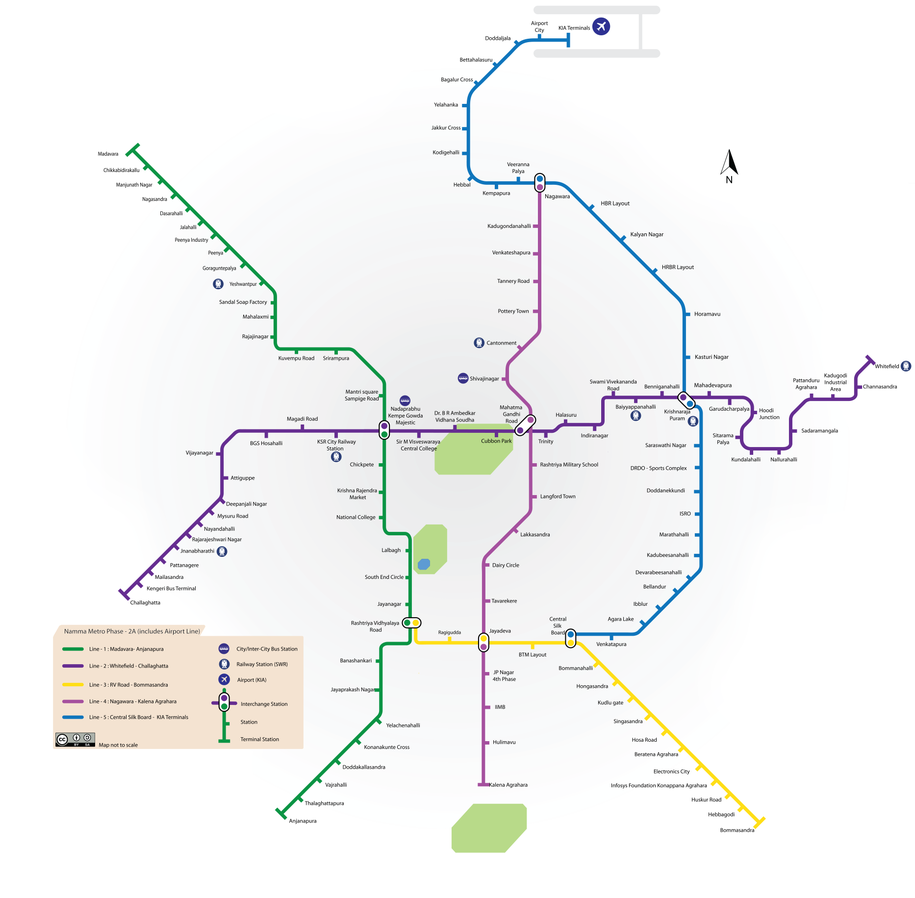
Public transport isn’t just about convenience — it’s a climate win.
The Blue Line is expected to reduce:
- 12 million liters of fuel per year
- 25,000 metric tons of CO₂ emissions annually
- Noise pollution from over 20,000 vehicles daily
To top it off, BMRCL is adding:
- Solar panels at stations
- Rainwater harvesting
- Energy-efficient LED lighting
- Integrated waste disposal and green zones
These align with India’s National Electric Mobility and Smart Cities Mission goals for 2030.
Local Voices: What the Community Thinks
From techies to taxi drivers, here’s what people are saying:
“I work in Hebbal and live in Devanahalli. Once the metro arrives, I can get home in half the time and won’t need to drive every day.”
— Sharath G., software engineer
“We’ve seen more students and professionals inquire about rentals here. The metro has put this place on the map.”
— Suma N., property broker, Doddajala
“I bought a 2BHK for ₹55L in 2020. It’s now valued at ₹85L. I’m just waiting for the metro to go live.”
— Rajeev Mehta, NRI investor
Tips for First-Time Investors in Devanahalli
- Pick Projects Within 1 km of Confirmed Stations – Avoid speculative buys in unapproved zones.
- Use the RERA Portal – Ensure all approvals are in place.
- Compare Rental Demand – Check current listings and occupancy trends.
- Check Builder Track Record – On-time delivery and past projects matter.
- Beware of Hype – Not every “metro-facing” property is worth the price.
Key Factors to Consider Before Investing in Property in Devanahalli
Exploring the Growth of Devanahalli: A Hidden Gem for Real Estate Investment
The Growing Real Estate Market in Devanahalli: Why Now Is the Right Time to Buy at Birla Trimaya

